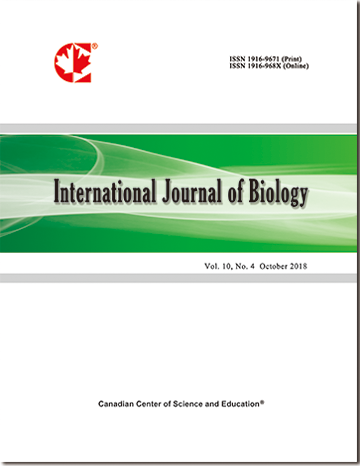Brain Reorganization Allowed for the Development of Human Language: Lunate Sulcus
- Kwang Hyun Ko
Abstract
This article presents the hypothesis of a connection between eidetic memory and the lunate sulcus, a feature that was repositioned during evolution. Humans have evolved from ape-like ancestors for 7 million years. Along with a prominent increase in brain size, the reorganization of the brain marked by the sulcus generated the evolutionary momentum toward the development of human language. This article reviews the reorganization of the human brain using an interdisciplinary approach of examining animal behavior and anthropological and biological studies. This brain reorganization must have occurred during early maturity and is thought to be responsible for eidetic imagery in some adolescents and superior short-term memory in chimpanzees. During early development, the neural connections in prefrontal cortex and posterior parietal lobe rapidly expand, while visual memory capacity of human brain would become limited. Biological studies have demonstrated that the lunate sulcus is subject to white matter growth, and dental fossil and tomography studies have shown that the brain organization of Africanus is pongid-like.
- Full Text:
 PDF
PDF
- DOI:10.5539/ijb.v7n3p59
Index
- ACNP
- AGRICOLA
- BASE (Bielefeld Academic Search Engine)
- CAB Abstracts
- CiteFactor
- CNKI Scholar
- CrossRef
- DTU Library
- Elektronische Zeitschriftenbibliothek (EZB)
- Excellence in Research for Australia (ERA)
- Google Scholar
- Infotrieve
- LIVIVO (ZB MED)
- LOCKSS
- Max Planck Institutes
- MIAR
- PKP Open Archives Harvester
- Qualis/CAPES
- ResearchGate
- ROAD
- SafetyLit
- SHERPA/RoMEO
- Technische Informationsbibliothek (TIB)
- Universe Digital Library
- WorldCat
Contact
- Ryan JonesEditorial Assistant
- ijb@ccsenet.org
